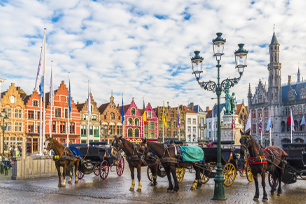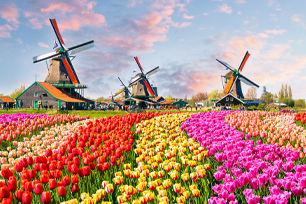Tours
Belgium, considered one of the low countries of Western Europe, should be high on anyone’s list of places to visit. That is if you crave one of the world’s ultimate experiences of sun, sea, city, history, food, fashion and fun! With its northern shore along the English Channel, its land neighbors are France, Luxemburg, Germany and the Netherlands all infusing a bit of their culture and heritage with Belgium’s. Over the centuries, Belgium has contributed so much to the Europe and the world at large. Known for its “Cities of Art,” many a master painter, sculptor and architect have come from Belgium and the museums and landscapes of the cities bear much evidence of this. What’s art without considering food? You need not break your budget in upscale restaurants to have a true gourmet experience here as all of Belgium’s regions offer some of the world’s finest cheeses, chocolates and more along every street. A country of contrasts and commerce, history and science, art and culture, coastline and hilltops…Belgium travel is full of experiences to have rather than read about.
Destination Must-See's
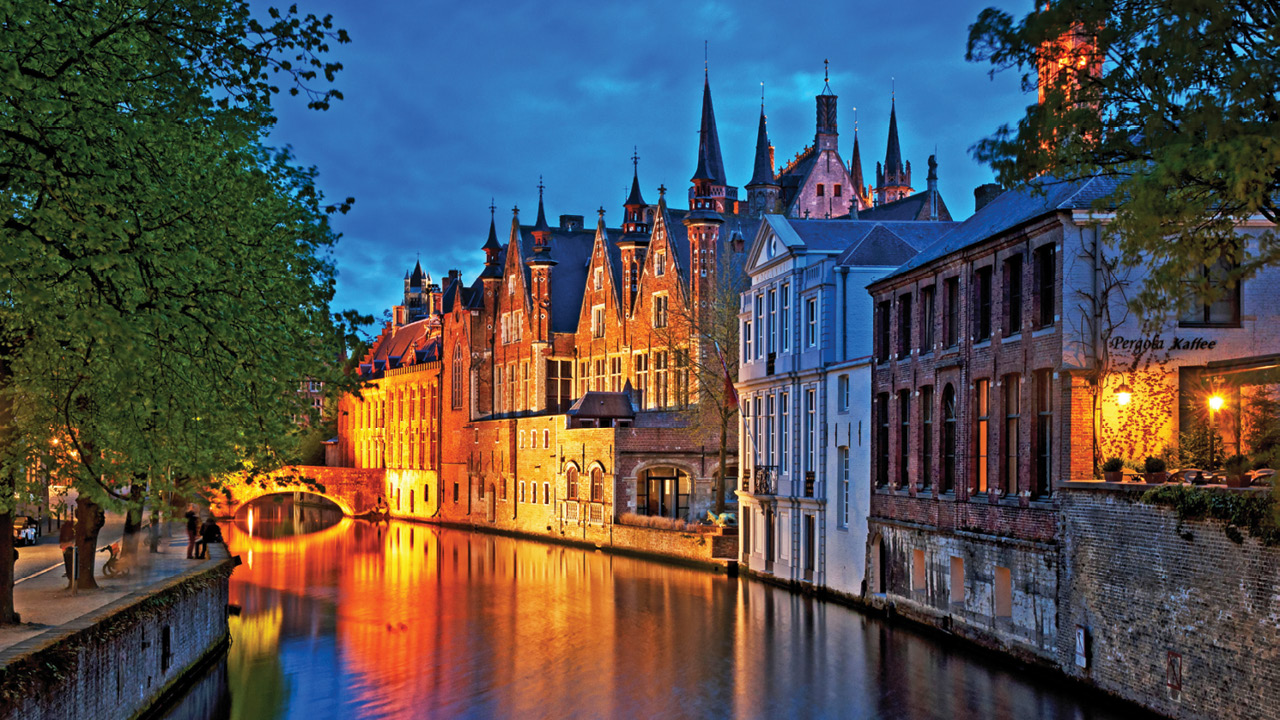
Bruges:
A perfectly preserved medieval town, Bruges is a tourist’s dream. With beautiful architecture and interesting trips through the canals you really get a feel for the atmosphere. Whilst in the town, some popular places to visit are the main square, Basilica of the Holy Blood, the markets, museums, the “lake of love,” and mansions… and that’s just the beginning of so much more.

Brussels:
Brussels is the capital and largest city of Belgium and the de facto capital of the European Union. It is also the largest urban area in Belgium, comprising 19 municipalities, in addition to the seat of the French Community of Belgium and of the Flemish Community. Brussels has grown from a 10th-century fortress town founded by a descendant of Charlemagne to a sizeable city with a population of 1.2 million and a metropolitan area with a population of over 1.8 million. Since the end of the Second World War, Brussels has been a major centre for international politics. Hosting principal EU institutions, the secretariat of the Benelux and the headquarters of the North Atlantic Treaty Organisation (NATO), the city has become the home of numerous international organizations, politicians, diplomats and civil servants.
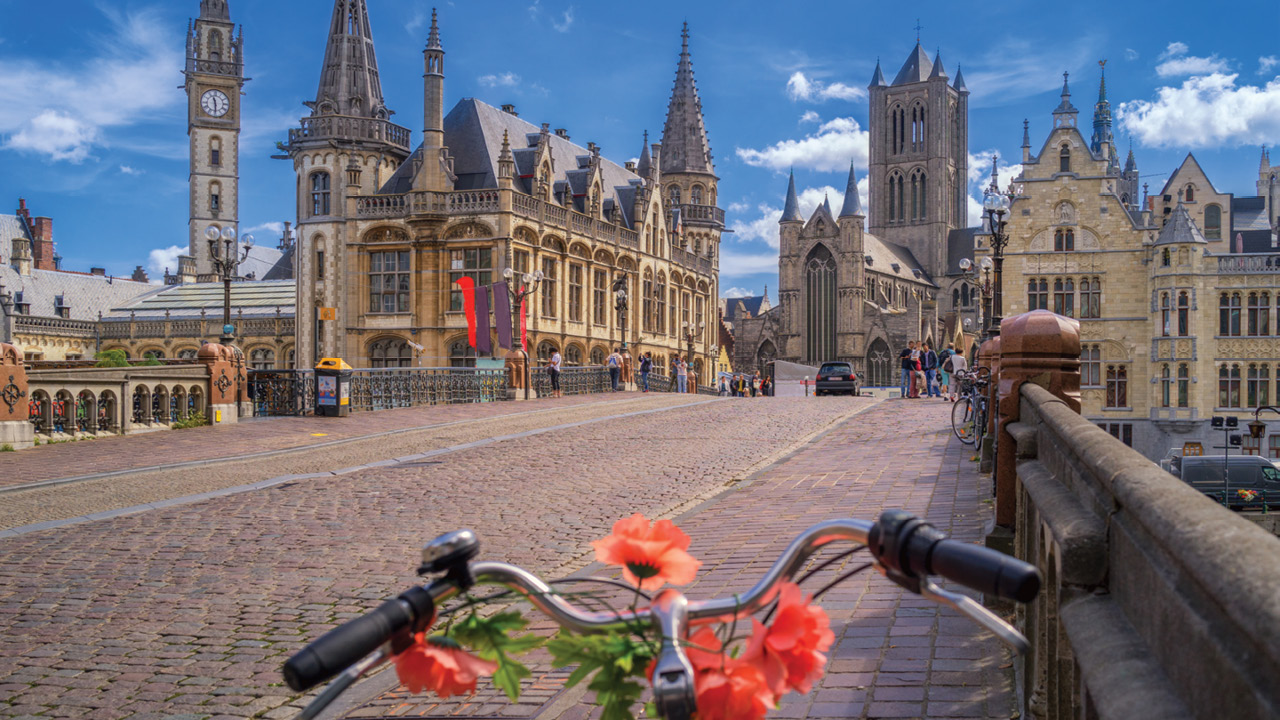
Ghent:
Ghent is a city located in the Flemish region in the north of Belgium. During the middle Ages, Ghent became one of the largest and richest cities in northern Europe. Many indicators of Ghent’s rich history and past is evident in the architecture in the city centre. The city council made the centre of Ghent free of cars, so it is very easy for visitors and tourists to explore the city.

Antwerp:
Antwerp is the most populous city in the country of Belgium. It is located on the River Scheldt, which links to the North Sea. Antwerp’s port is considered one of the biggest ports in the world. The city dates back to the 4th century. Today, it is known for being the world’s leading diamond city, with more than 70% of all diamonds traded in the city.
Destination Must-Do's

Beer (Trappist beer):
Trappist beer is brewed in Trappist monasteries in Belgium. The first beer brewed was made exclusively for monks and was described as dark and sweet. At the time it had low alcohol content and was the preferred drink over the often unsanitary drinking water. The beer was brewed and distributed as a way to raise funds. Today the beer is much stronger and is among some of the highest alcohol content in all of Europe.
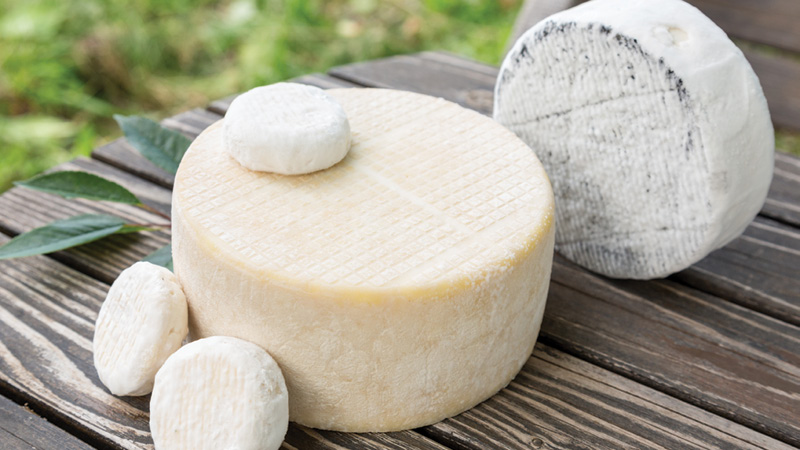
Cheese:
Belgian cheese is part of a refined cheese selection. Some award-winning restaurants only offer Belgian cheese. They have semi-hard, hard, blue, soft, and cottage. They haven’t always been this popular for cheese but now their several hundred cheeses are finally getting the recognition they deserve.
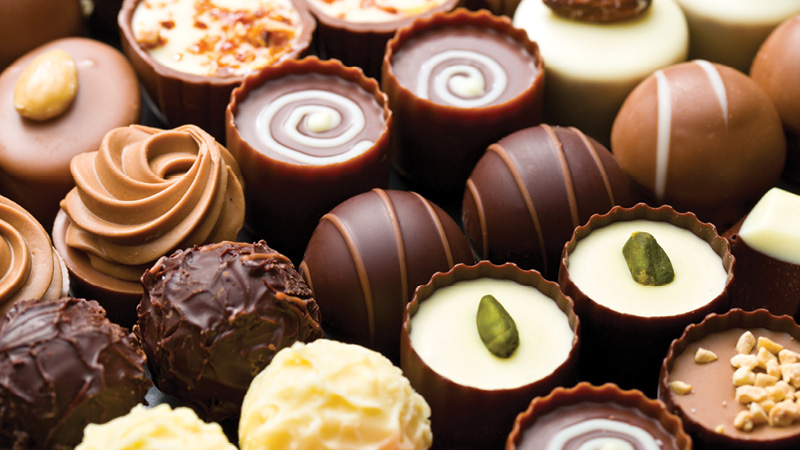
Chocolate:
Belgian chocolate remains the gourmet standard for all chocolate. Even the Swiss copy their basic recipe from the Belgian chocolatiers. What makes Belgian chocolate so unique compared to others is the quality of ingredients and how they still make most of the chocolate by hand in small shops with original equipment.
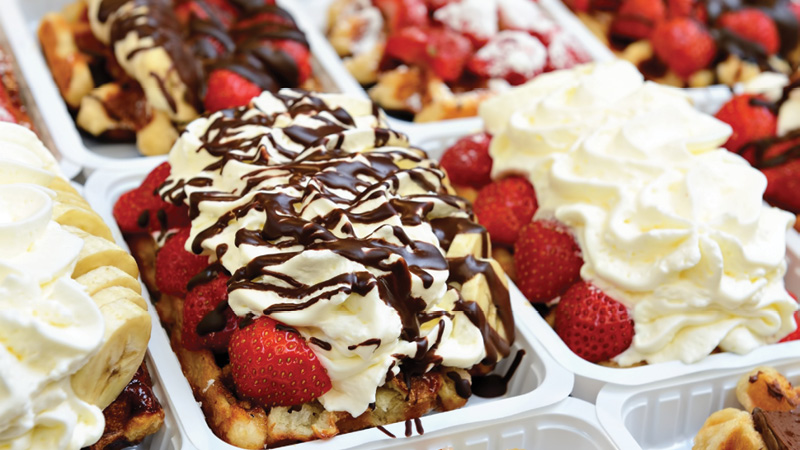
Belgian waffles:
Originally the waffles were known as the Brussels waffles. The family trying to expand the popularity to America knew that wouldn’t sell so they changed the name to Belgian. The traditional way to serve Belgian waffles is crispy on the outside airy in the middle with freshly whipped cream and cut strawberries. Also, you are supposed to eat it with your hands.
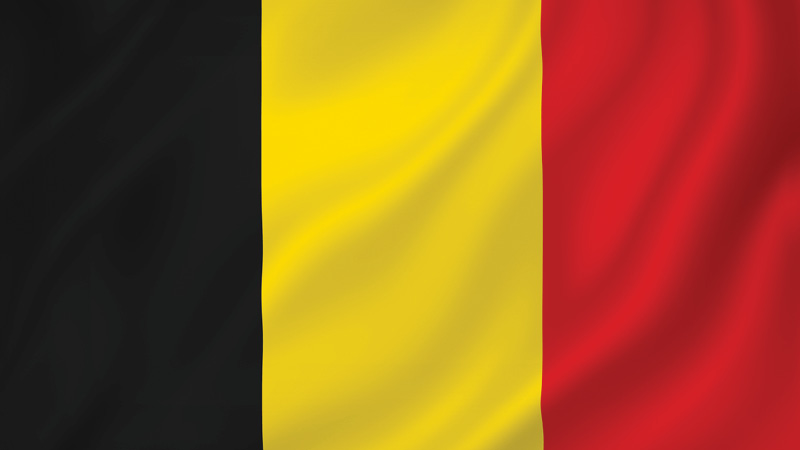
Belgium is home to two main languages, depending on where you are. Dutch is the primary language, with 60% of the population speaking it. French is right behind, and is spoken by more than 30%. You’ll see many road signs and other notices written in both of these languages.
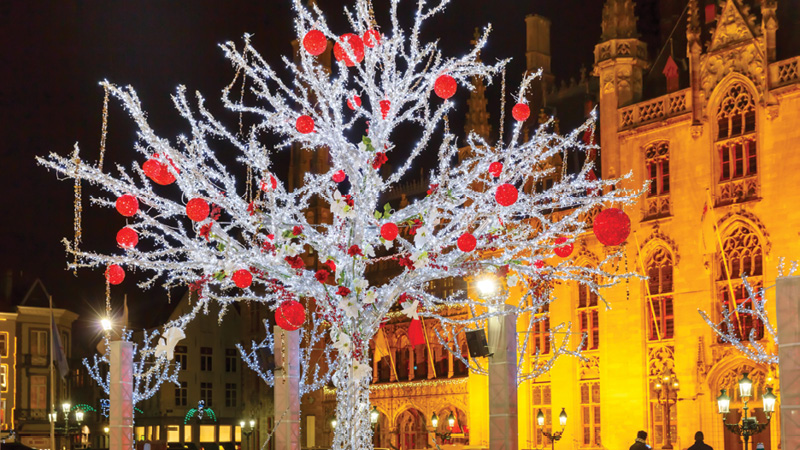
Belgium’s medieval quaint town centers make its Christmas markets a great destination. The markets are a must because of its unique gifts, street food, and the atmosphere around the holidays. Bring home a special gift that you cannot find anywhere else.
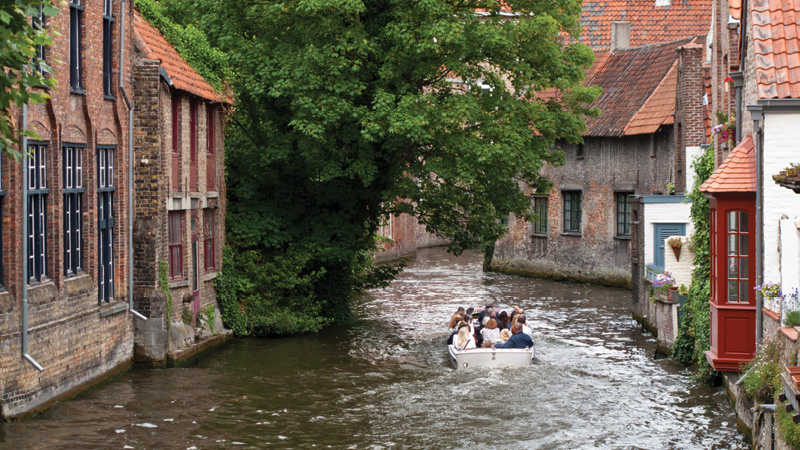
See Belgium from a different perspective and get the best of both worlds by taking a canal tour! It is a great way to really see the fairytale cities whilst enjoying the pleasure of a boat trip.



